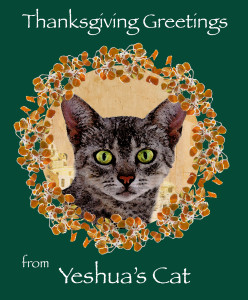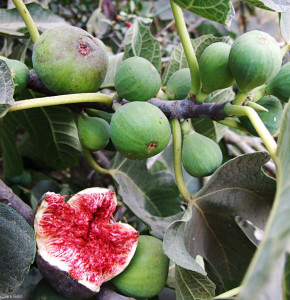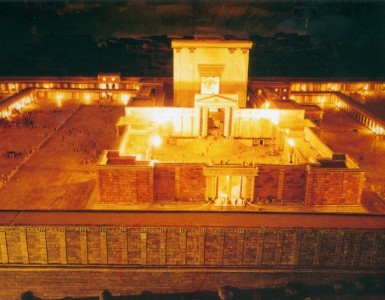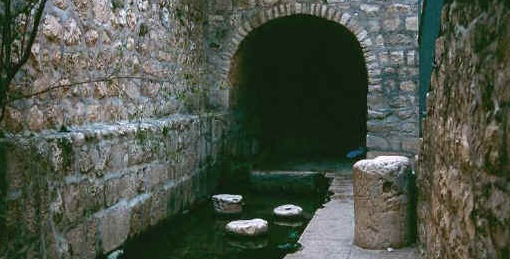
Thanksgiving’s closest parallel in Israel’s year is the Festival of Sukkot, or Booths/Tabernacles, one of the three great Jerusalem pilgrimage festivals. Because of Israel’s lunar calendar, Sukkot, like Passover, falls on different days and even different months each year in our solar calendar, but generally it comes in mid-October.
In the story of Yeshua’s Cat, Sukkot is the time Yeshua and his disciples spend at Bethany, when Lazarus attacks Mari, and Mary of Magdala is healed.
![]()

Sukkot has its roots in Israel’s celebration of the harvest, when they gathered in the fruit of their labors from the fields and vineyards, and celebrated the beginning of the rainy season.
 Throughout the week, four species of plants were ceremonially waved (citron fruit, the closed frond of a date palm, and leafy boughs of the myrtle and willow trees) in recognition of the green trees of the land. Wheat, barley, grapes, figs, pomegranates, olives, and dates represented their harvested crops. Above all, the week was a time of rejoicing, and of remembering God’s care for Israel during the years of her wandering in the wilderness and living in tents, or booths.
Throughout the week, four species of plants were ceremonially waved (citron fruit, the closed frond of a date palm, and leafy boughs of the myrtle and willow trees) in recognition of the green trees of the land. Wheat, barley, grapes, figs, pomegranates, olives, and dates represented their harvested crops. Above all, the week was a time of rejoicing, and of remembering God’s care for Israel during the years of her wandering in the wilderness and living in tents, or booths.
 Before the first and holiest day of Sukkot, which came five days after Yom Kippur, each family built a small booth, where they lived together during the festival.
Before the first and holiest day of Sukkot, which came five days after Yom Kippur, each family built a small booth, where they lived together during the festival.

On the day itself, sacrifices of animals and grain began and continued throughout the week. The Illumination of the Temple came at the end of the first day, when four seventy-five-foot candelabras were lit in the Women’s Court of the Temple to remind the people of the pillar of fire that had guided them in the wilderness. Dancing and rejoicing continued through that night, and the whole city was lit by the brilliance of the lamps.
The Pouring of the Water was observed each morning when a priest drew water from the pool of Siloam and poured it on the great altar, as both prayer and thanks for the coming of the rains. Each evening the devout men of Israel gathered at the pool to dance and rejoice with music and torches.

Not only did Sukkot celebrate the gathering in of the crops before the heavy rains and the memory of Israel’s wilderness journey, but also the beginning of the New Year, when the past year’s mistakes had been wiped away, and all the world was new.
.
.
.

